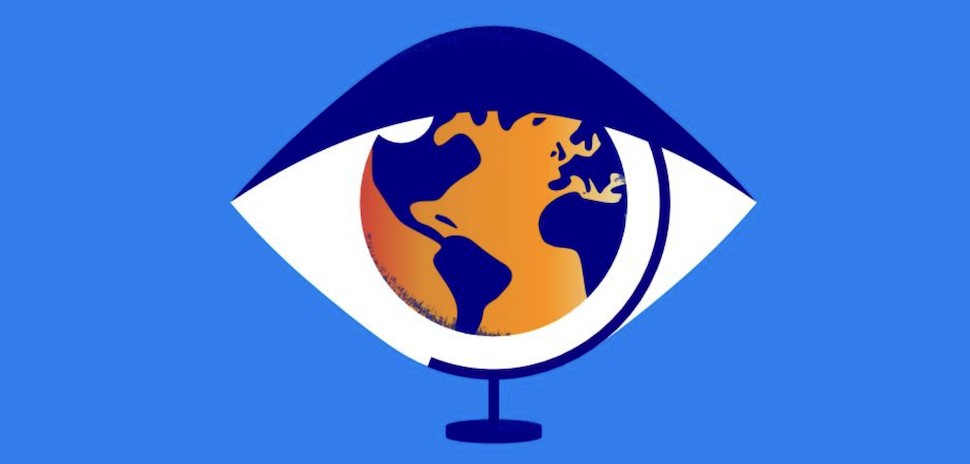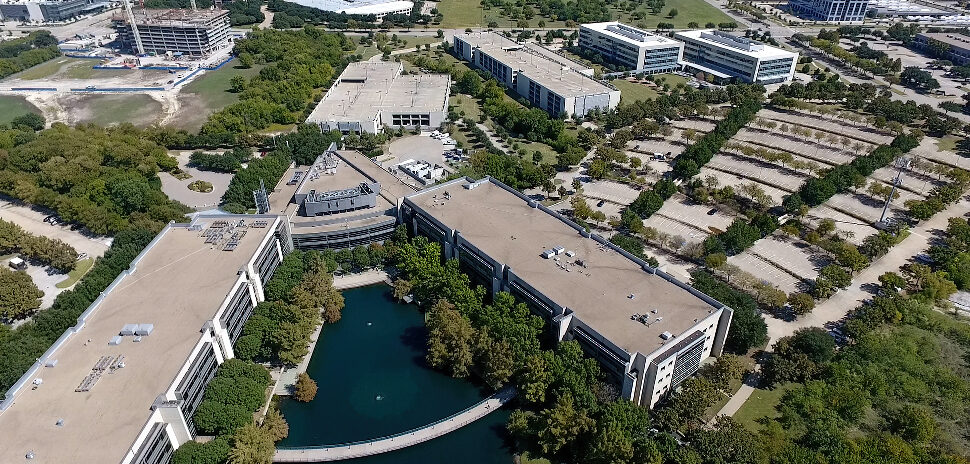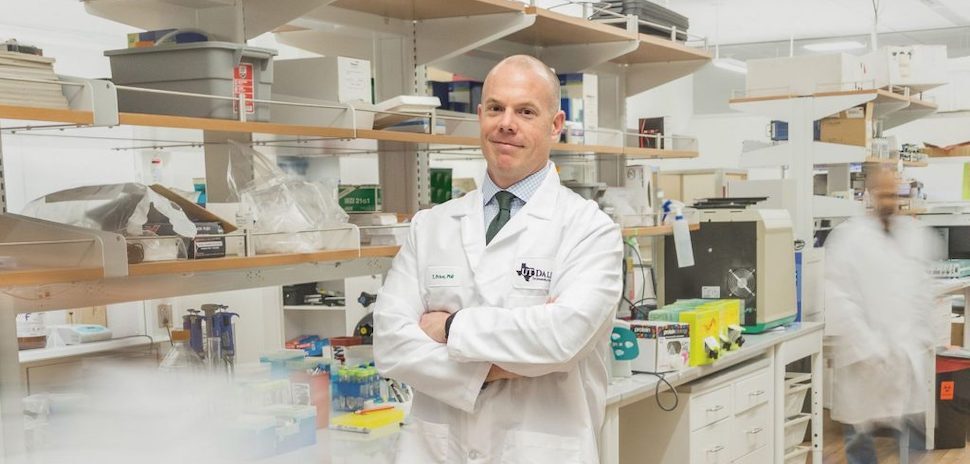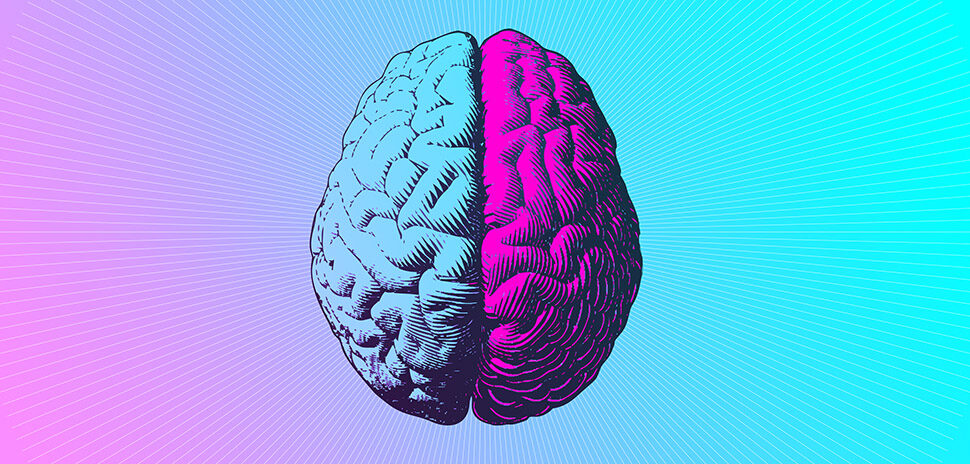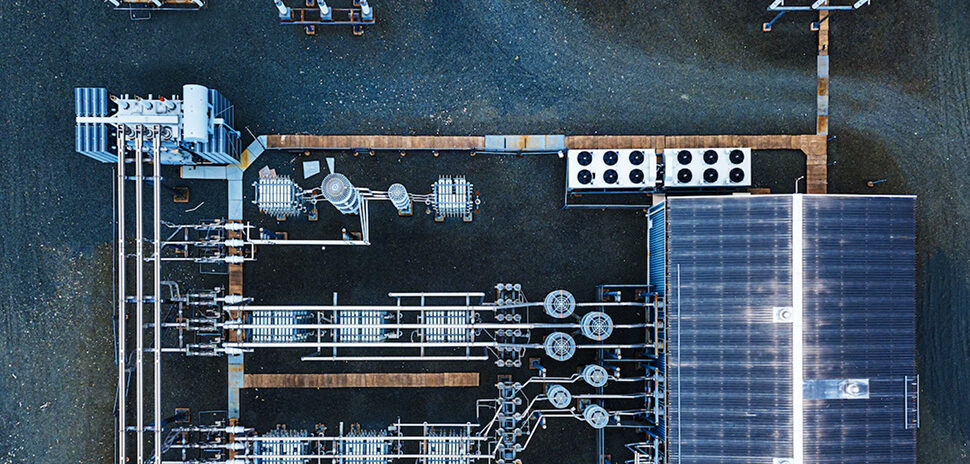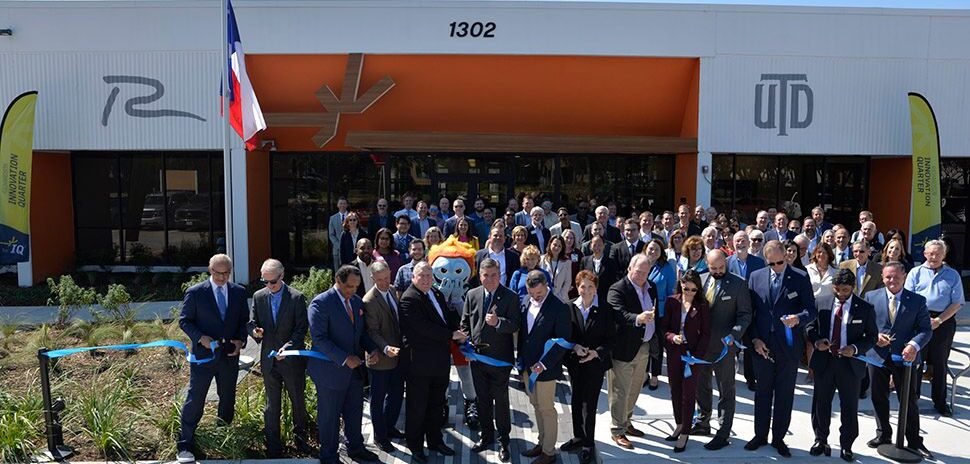Ericsson—the Sweden-based networking and telecom giant whose North America HQ is in Plano—has released a new report called “10 Hot Consumer Trends: Life in a Climate-Impacted Future.”
Some top-line takeaways: 83% of urban early adopters of AR, VR, and digital assistants believe the world will have reached or surpassed the 1.5°C global warming mark by the end of 2030; Almost 59% say innovation and technology will be crucial to handle everyday challenges caused by climate change; and climate-impact-driven behavioral changes could see major changes in the way we work and when we work.
Dallas Innovates spoke with Kevin Zvokel, head of networks for Ericsson North America, about both the report and his company’s impact on North Texas. His company has 3,300 employees across the state.
Dealing with climate impacts right here in Dallas-Fort Worth
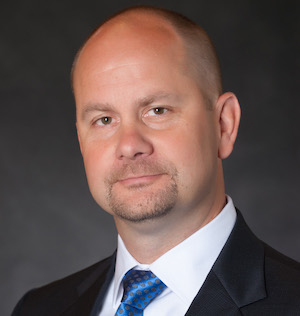
Kevin Zvokel
Zvokel says the report “provides business leaders with insights about what early adopters living in the Dallas-Fort Worth metroplex should anticipate as they need to identify solutions for living in a warmer world.”
One local example he cited: “Reliable and resilient internet connection will become increasingly important as internet frequency coupled with the intensity of extreme weather events will immediately be impactful” for Dallas-Fort Worth consumers. He noted that “80% of consumers around the globe believe that there will be smart signal locators that will guide people to locations with optimal coverage—even in areas hit by floods, storms, fires, and other weather calamities.”
“This year, the report outlines consumer climate concerns and their expectations that create a blueprint for other business leaders to follow,” Zvokel said. He noted that Ericsson itself is committed to reducing its carbon footprint; in 2021 it set a goal to achieve Net Zero emissions by 2040 across its value chain.
The 10 Hot Consumer Trends
We’ll get back to Zvokel and his insights about DFW, but first here are the report’s 10 hot trends, in Ericsson’s words:
1 Cost Cutters: Digital services will help consumers control food, energy and travel costs in unstable climate situations. More than 60 percent of urban early adopters are concerned about higher costs of living in the future.
2 Unbroken Connections: Reliable and resilient internet connection will become more important if and as extreme weather events increase. Some 80 percent of urban early adopters believe there will be smart signal locators that show optimal coverage areas during natural disasters in the 2030s.
3 No-Rush Mobility: Strict time schedules may become a thing of the past as climate regulations and energy efficiency change the meaning of flexibility. About 68 percent of respondents would plan activities using schedulers that optimize based on energy cost, not time efficiency.
4 S(AI)fekeepers: AI is expected to power services that protect consumers during increasingly unpredictable and unstable weather. Almost half of urban early adopters say they will use personalized weather warning systems for their own safety.
5 New Working Climate: Corporate carbon footprint constraints, rising costs and accelerated digitalization will shape work routines of the future. Seven in ten foresee company AI assistants planning commutes, tasks and resources to minimize work-related carbon footprints.
6 Smart Water: As freshwater may become scarcer in the 2030s, consumers anticipate smarter water services to conserve and reuse water. Almost half of urban early adopters say their household will use smart water catchers on roofs, balconies and windows that intelligently open when it is raining to catch and clean rainwater.
7 The Enerconomy: Digital energy-sharing services may alleviate the burden of rising energy costs in the 2030s. Energy could become a currency as 65 percent of urban early adopters predict consumers will be able to pay for goods and services in kWh using mobile apps in the 2030s.
8 Less-is-more digital: Digital product replacements may become status markers as physical overconsumption could get both expensive and socially criticized. Dematerialization of consumption habits could accelerate as one-third of urban early adopters believe they will personally use shopping apps that suggest digital alternatives to physical products.
9 Natureverse: Experiencing nature in urban areas without traveling could be standard in the 2030s, in the face of continued climate change and potential travel limitations. Four-in-ten urban early adopters want to personally use a virtual travel service that lets them experience nature reserves and mountain trails in real time as if they were there.
10 Climate Cheaters: Respondents say consumers will find ways to bypass stricter environmental restrictions due to higher prices and energy and water rationing. Over half of urban early adopters predict online hacking apps will enable people to tap into neighbors’ water or electricity supply illicitly.
Consumers surveyed for the report included consumers in the Dallas-Fort Worth area—and Zvokel said some may be surprised by the local results:
- 56% of DFW respondents believe innovation and technology will be critical for handling everyday challenges caused by climate change
- 58% of DFW consumers believe that energy could become a currency, allowing consumers to pay for goods and services in kWh in the 2030s
- 73% of respondents believe selling energy from AI-controlled small solar panels and micro wind turbines at home will be commonplace in the 2030s
- More than 55% of respondents worry about higher costs of living in the future due to climate change
- 79% of urban early adopters believe warning services will exist in the 2030s with nearly half of them wanting to use such services for their own safety
- About 60% of respondents foresee digitally regulated monthly water allowances
How Ericsson’s presence is impacting DFW
Zvokel noted that North Texas isn’t just home to Ericsson’s North America HQ, but also one of the company’s most innovative facilities—Ericsson’s USA 5G Smart Factory in Lewisville.
“The “factory of the future’ is a full-scale operation that harnesses the potential of 5G with Industry 4.0,” Zvokel said. “The highly automated and efficient factory continues to aid in the acceleration of deployment of 5G technology, providing the United States with a first-mover advantage.”
5G and Advanced Antenna System radios are produced at the Lewisville factory, “enhancing the supply chain while also using 100% renewable electricity.”
Zvokel calls the Lewisville smart factory “an excellent example of how investments in innovative and sustainable technologies can enhance an uncertain future. The factory is designed to be 24% more energy efficient and operate with 17% of power required to handle the facility produced by onsite solar panels. The factory additionally uses 40,000-gallon tanks to collect and reuse rainwater, reducing the amount of water withdrawn from the city supply. We continually support citywide commitments to the water conversation.”
Ericsson’s Lewisville smart factory is recognized as a ‘Fourth Industrial Revolution Pioneer’
Ericson’s Lewisville factory and its next-gen technology have earned it recognition from the World Economic Forum as a “Fourth Industrial Revolution Pioneer.”
“Not only is this groundbreaking factory sustainable,” Zvokel said, “but it’s also efficient, with 120% improved output per employee compared to similar plants that are not as highly automated.”
From a center of excellence to a global innovation center: other Ericsson outposts in DFW
Lewisville is also home to Ericsson’s Center of Excellence, which Zvokel calls “a best-in-class field services training facility supporting Ericsson’s partners and employees.” The 26,000-square-foot facility enables trainees to gain the necessary skills to support their customers while deploying and maintaining systems that accelerate the rollout of 5G in North America.
In May, Ericsson opened its new Global Utilities Innovation Center at the company’s facility in Plano. The center’s operating lab and demo environment locations will allow utilities to engage with Ericsson and its partners “to solve real-world connectivity challenges,” the company said at the time. The center replicates an energy utility smart grid right on site to enable real-world demonstrations of end-to-end private network operations across the power grid.
In April, Ericsson’s incubation unit Ericsson Routes partnered with Dallas-based Hillwood to ensure wireless 4G/5G connectivity for autonomous vehicles and drones in the Mobility Innovation Zone at Fort Worth’s AllianceTexas.
“Ericsson’s 5G Distributed Innovation Network has also been deployed across multiple Ericsson campuses in North Texas,” Zbokel noted. “The network demonstrates an end-to-end 5G ecosystem within an enterprise environment enabling customers and partners to have access to 5G computing for real-world experiments. Together with the Plano 5G campus, the Distributed Innovation Network provides the ability to drive use cases and proof of concepts that will also drive future innovation.”
Partnering with North Texas universities
Ericsson is also driving innovation through partnerships with DFW universities.
“Ericsson has partnered with UT Dallas, investing more than $3.6 million in capital projects, faculty chairs, fellowships, scholarships, research, and more to further the advancement of technological innovation,” Zvokel said. “Ericsson is also an affiliate partner at Southern Methodist University for the AT&T Center for Virtualization. The center works on advancements, including virtualized computing, communication, and experience through research, development, and application of technology to drive innovation further.”
Bottom line: leveraging opportunities from the 10 Hot Consumer Trends
We asked Zvokel what opportunities the new report’s insights could offer to companies and entrepreneurs.
“This is a unique opportunity for companies and entrepreneurs to adapt and react early to evolving consumer concerns and needs,” he said. “As inevitable disruptions caused by climate change loom on the horizon, it’s important to remain resilient—and proactivity is the key to doing so.”
“The importance of reliable and safe connectivity helps companies and entrepreneurs develop climate resiliencies and solutions,” he added. “Connectivity is also vital in developing solutions that provide equitable access to education, healthcare services, and more. By unpacking the key findings highlighted in this report, companies and entrepreneurs will gain key insights into enhancing their operations for a more sustainable future.”
For the report, Ericsson asked 15,145 urban early adopters aged 15 to 69 in 30 major cities around the world to imagine living in a warmer 2030s world. The consumers evaluated 15 digital service concept areas, such as climate-related adaptation efforts and ways to handle dire weather events, according to Ericsson. These respondents, who represent 75 million out of 325 million people living in the surveyed metropolitan areas, are important to consider as early adopters when exploring how consumers may use technology in daily life in this 2030s climate scenario, despite being only a small fraction of global consumers, the company said.
Go here to read the full report.
![]()
Get on the list.
Dallas Innovates, every day.
Sign up to keep your eye on what’s new and next in Dallas-Fort Worth, every day.

